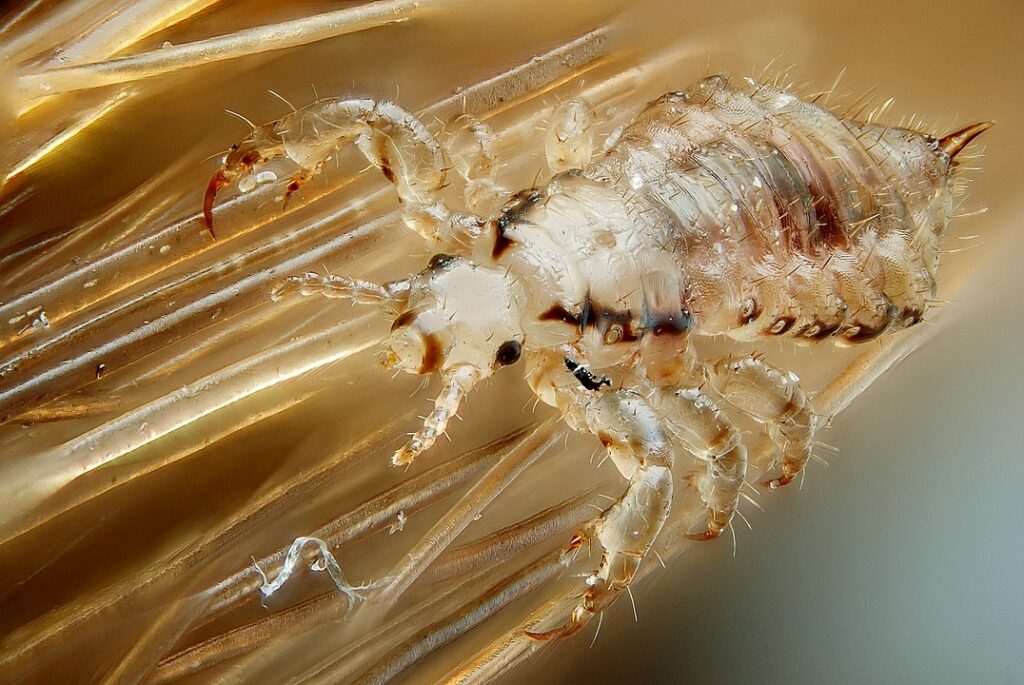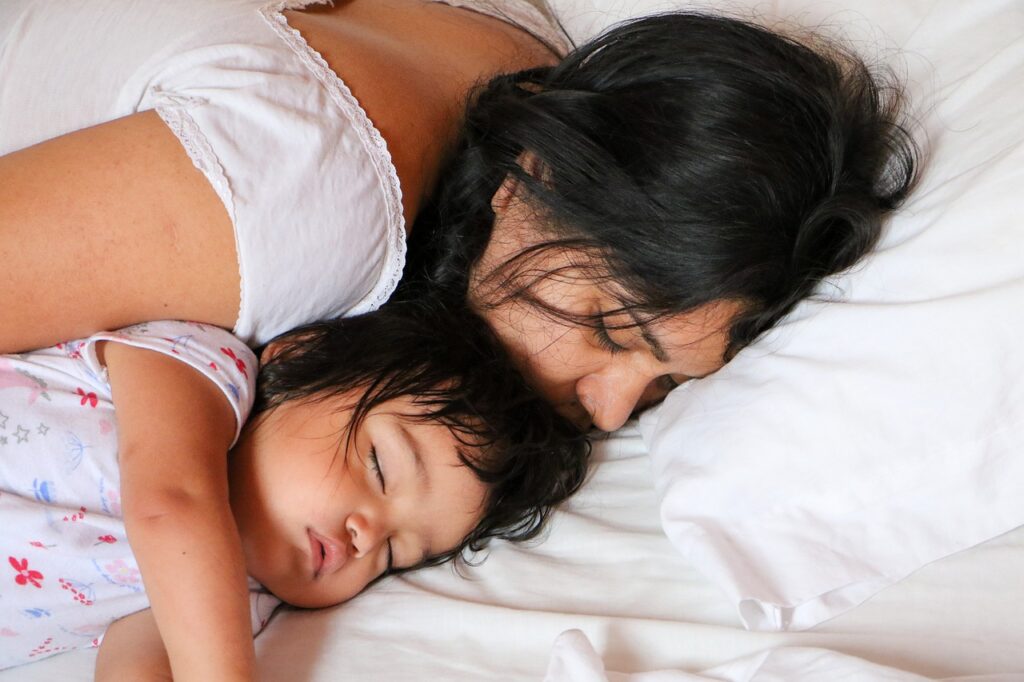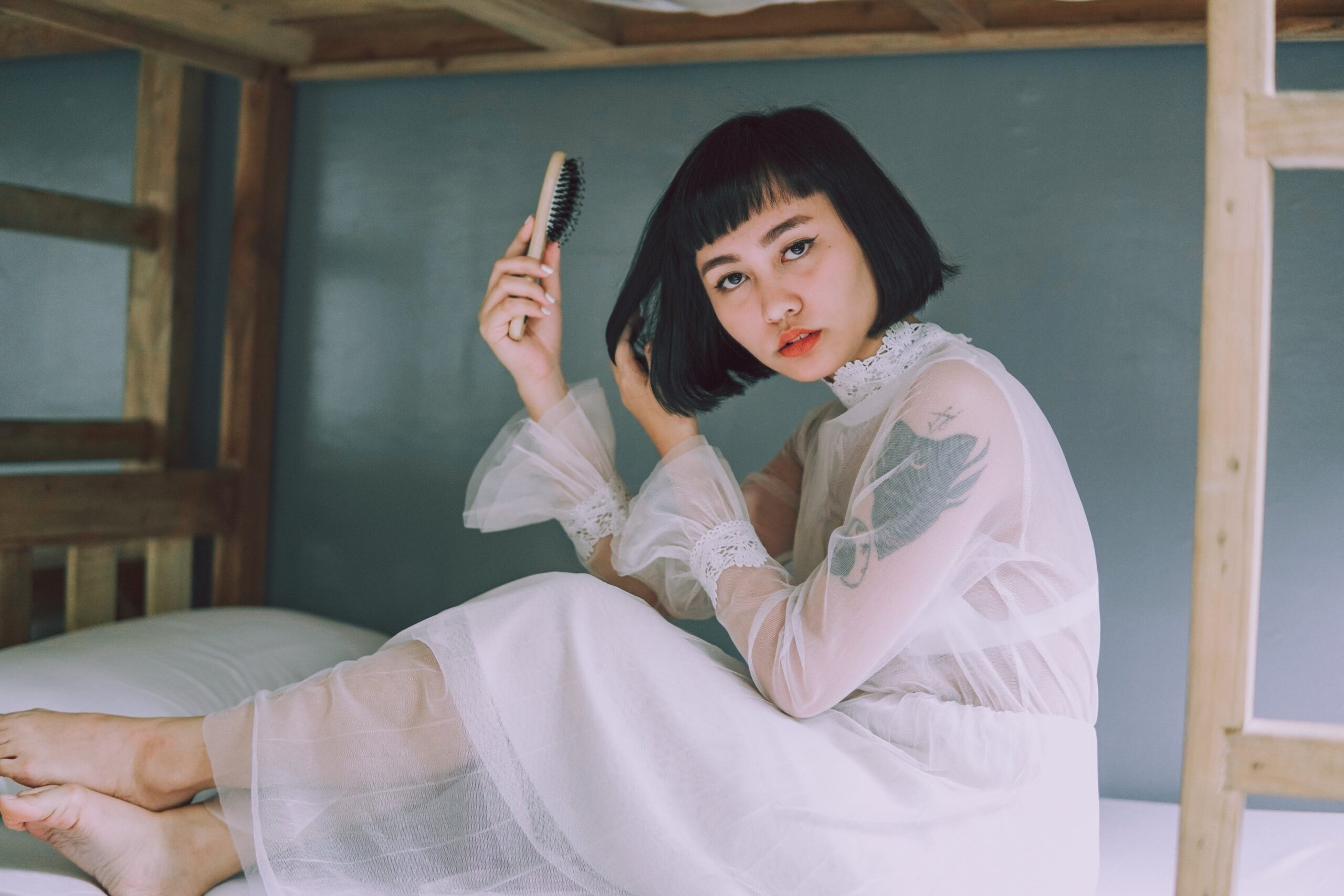There are 3 general kinds of lice: the head lice, the body lice, and the pubic lice. The most common among these are the head lice, with about 12 million infestations a year in the United States alone. But what are head lice exactly and where do they come from?
What are head lice?
Head lice are small parasitic insects. They are usually found on a person’s head, but they can also be found on eyebrows and eyelashes. These parasites stay near the scalp, where they can sustain themselves by sucking the blood of their host. They need to feed every few hours or else they will die. They are very vulnerable insects when they are not in a host.
The life cycle of head lice goes like this: they start as an egg, hatch as a nymph, and grow as an adult.
A head louse (singular of lice) egg is called a nit. It is often white or yellow, but sometimes it also appears like the color of the host’s hair. It hatches after about 8-9 days.
A nymph is a young louse. It looks like an adult louse, but only smaller. It matures into an adult after about 9-12 days.
An adult louse is a dark-colored insect that can only crawl. Contrary to popular belief, an adult louse can’t actually jump or fly. It is about the size of a sesame seed. It has a lifespan of about 30 days. But if it doesn’t have a host, it can only survive for up to 2 days. That’s how vulnerable it is if it doesn’t have a host.

Where do head lice come from?
Here is the short answer – head lice come from other people. These crawling parasites are very vulnerable without a host. You wouldn’t just get them in random places. Look at pet fleas for example. Fleas can thrive outside your home, particularly in green and shady areas. Your pet can get fleas once it plays on your garden, lawn, or yard. But head lice are different. Head lice can’t thrive anywhere but in a host.
Usually, you can get these parasites by interacting with someone who already has them. Here are the 3 general interactions that can put you at risk of getting these parasites from someone who already has them: contacting head-to-head, sharing personal items, being in the same space.
Contacting head-to-head
Head-to-head contact is the most common cause of head lice transmission. As an adult, you have the self-awareness to avoid head-to-head contact with people who are known to have the parasites. But avoidance can be complicated for a lot of people, like those who sleep on the same bed with children who already have them.
Children don’t have the same self-awareness. They are more likely to get head lice due to this fact. And they get physical at school too, so head-to-head contact is almost always certain.
Sharing personal items
Head lice know they are very vulnerable without a host. So, they cling as strong as they can on their host’s scalp and hair. It’s unlikely to get them from sharing personal items such as brushes, combs, helmets, pillows, ribbons, and towels. But it does happen. After all, they can live for up to 2 days without a host. That’s a lot of time to stay in a personal item and wait for someone to use the item on their head.
Being in the same space
Again, head lice can’t fly or jump. There is no need to completely avoid a person who has them. Being in the vicinity of an infested person is not likely to put you at risk. But it can put you at risk in the right circumstances.
For example, if you live in the same house and happen to share a comb drawer with this person, you may be at risk. Sure, you are not using the person’s personal items, but storing your personal items with theirs is not a good idea.
Children at school are also vulnerable, especially when students are required to store their things together.

How do you diagnose a head lice infestation?
If you or someone you know are experiencing itching on your head, be wary. A head lice infestation may be present.
To diagnose an infestation, it’s best to use a magnifying glass or a fine-toothed comb. Head lice are small insects, so these objects will help you out spotting nits, nymphs, and adults.
Using a magnifying glass
If you find live nymphs and adults using the magnifying glass, it is certain that there is an infestation. But these parasites are not easy to find even with a magnifying glass. They move fast and they hide from the light.
If you don’t see live nymphs and adults, look for nits instead. If you see nits that are within 1/4 inches from the base of the hair, it is likely that there is an infestation. Nits this near the base of the hair are often not yet hatched. If you see nits beyond the 1/4-inch line, it is not a clear indication of a live infestation. These nits are likely hatched and dead.
Using a fine-toothed comb
Divide your or the potentially infested person’s hair into sections and use the fine-toothed comb from the scalp to the tip of the hair. This kind of comb is specially designed to capture head lice. Its teeth and the gaps between these teeth are thin enough to capture these small parasites.
How do you treat a head lice infestation?
A person that has been diagnosed with a live infestation should be treated. The person’s household members should be checked too for signs of a head lice infestation.
You can try over-the-counter medications that have pyrethrin or permethrin. But they can prove to be ineffective as head lice are slowly developing resistance against these ingredients. You can try consulting a doctor to get prescription medication that has stronger and more effective ingredients.
Seriously consider consulting a doctor if the infested person is below 2 years old. Most over-the-counter medications are only good for people 2 years old and older.

